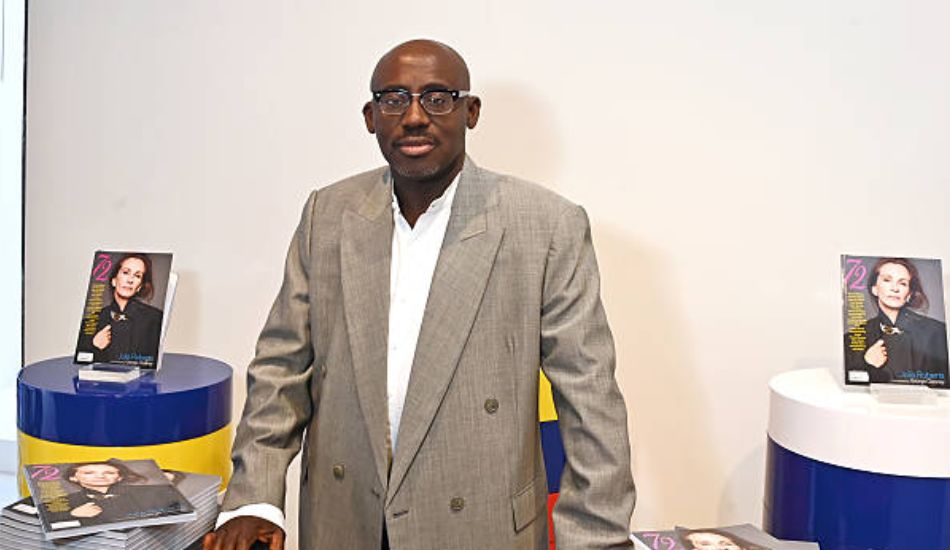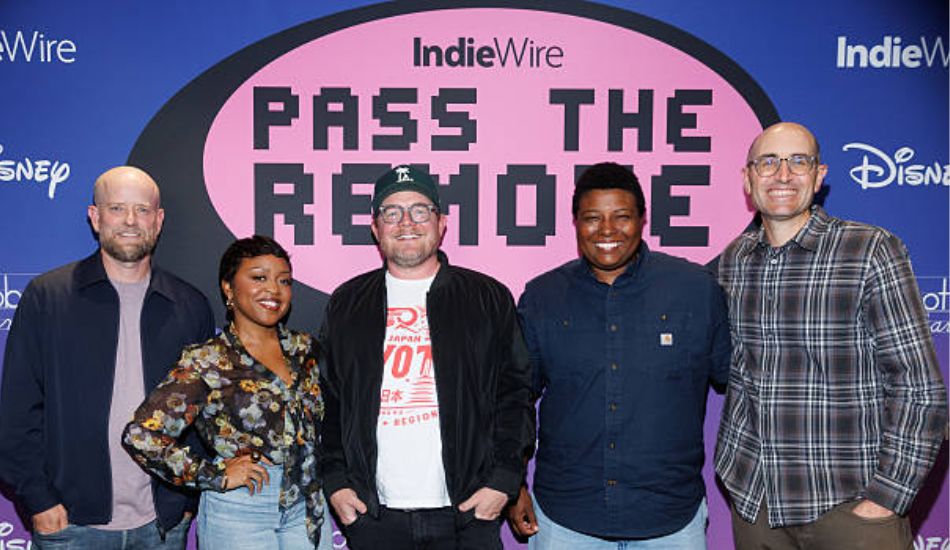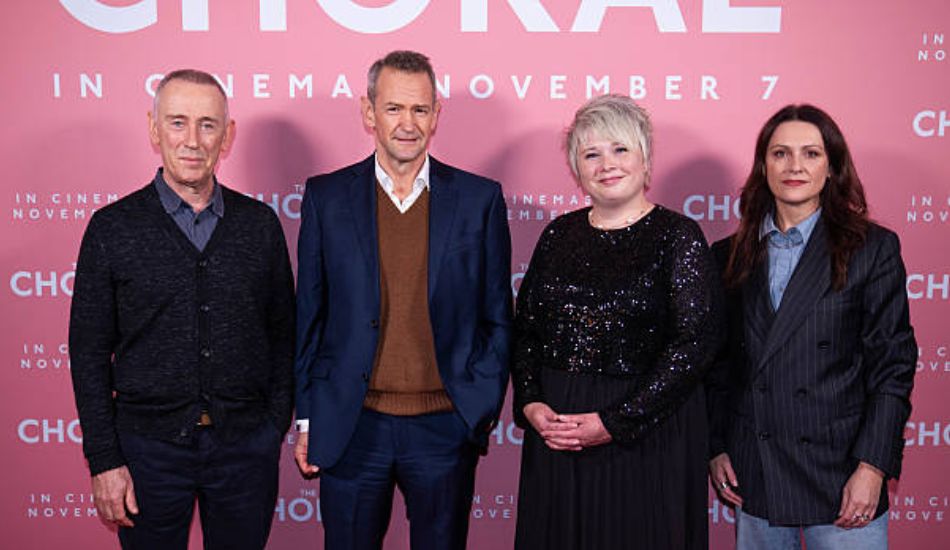Who Is Harvey Nichols? The True Story Behind the Iconic Luxury Brand

When people hear the name Harvey Nichols, they often imagine a distinguished gentleman — perhaps a wealthy British merchant, a refined entrepreneur from London’s golden retail age, or even a socialite who left behind a dynasty of elegance and prestige. The name sounds unmistakably personal. Yet, the truth is both surprising and fascinating: Harvey Nichols is not an individual but a brand — one that has come to symbolize British luxury, style, and innovation in retail for nearly two centuries.
In this article, we’ll explore everything there is to know about Harvey Nichols — from its origins and expansion to its founders, historical relationships, and how confusion over its “identity” has persisted. Along the way, we’ll uncover its deep connections to cities such as Leeds and Edinburgh, the families behind the name, and how it became a cultural landmark.
Who Is Harvey Nichols? Clearing the Common Misconception
Despite the familiar format of a person’s full name, Harvey Nichols is not a person — it’s a department-store brand born in London in the 19th century. The name derives from two real people: Benjamin Harvey and James Nichols, whose partnership and family ties shaped one of Britain’s most enduring luxury retailers.
Benjamin Harvey founded the original shop in 1831, selling linens and silks at a small corner in Knightsbridge, one of London’s most fashionable districts. His reputation for quality fabrics and refined service quickly grew. Later, a young man named James Nichols joined him as an assistant in 1841 — a decision that would change the store’s future.
In 1848, Nichols married Benjamin Harvey’s niece, Anne Beale, forming not only a family bond but also a business alliance. When Benjamin Harvey passed away two years later, Anne inherited the store and went into partnership with her husband, James. Thus, Harvey Nichols & Co. was officially born — a name blending both founders’ surnames and symbolizing the merging of family and enterprise.
Harvey Nichols’ “Age”: Nearly Two Centuries of Style
While there’s no “age” for a person named Harvey Nichols, we can certainly mark the brand’s age. Founded in 1831, Harvey Nichols is now over 190 years old — a living institution in British retail that has survived wars, economic depressions, and shifting fashion trends.
Through its lifespan, the company has transformed from a single fabric shop into an international luxury retailer recognized across Europe, Asia, and the Middle East. Its endurance is a testament to its ability to adapt while maintaining a sense of modern British sophistication.
The Early Family and “Relations” Behind Harvey Nichols
The story of Harvey Nichols is rooted in family relationships, not corporate mergers. The “relations” that created the brand were as much personal as professional.
- Benjamin Harvey, the founder, was the original visionary — the father figure of the business, though not the “father” of a Harvey Nichols individual.
- James Nichols married Harvey’s niece, Anne Beale, forming the literal “Harvey-Nichols” family connection.
- When Benjamin Harvey died, Anne and James ran the business together, continuing under the joint name.
So when one asks, “Who were Harvey Nichols’ father, mother, or siblings?” — the accurate interpretation is historical rather than biological. Benjamin Harvey was the original founder; James Nichols was his business heir by marriage; and their descendants and successors became stewards of a brand rather than a bloodline.
This unique lineage makes Harvey Nichols a company born of kinship, something rare even in Victorian commerce.
Harvey Nichols in Leeds: The First Store Beyond London
In the mid-1990s, the brand embarked on an ambitious plan to expand beyond its famous Knightsbridge flagship. Leeds — the thriving heart of Yorkshire — became its first destination.
Opened in 1996, the Harvey Nichols Leeds store brought metropolitan luxury to northern England. Situated in the Victoria Quarter, its five floors of fashion, beauty, and dining helped transform the area into one of the UK’s premier shopping destinations.
More than just a store, Harvey Nichols Leeds symbolized a democratization of luxury — an invitation for the north to share in London’s elegance. It blended classic British tailoring with international brands, introduced exclusive beauty ranges, and even pioneered the concept of in-store dining as part of the shopping experience.
Leeds locals and tourists alike began referring to it as “the Knightsbridge of the North.”
Harvey Nichols Edinburgh: A Scottish Jewel
Following the success in Leeds, Harvey Nichols turned its gaze northward once more — this time to Scotland. In 2002, the Edinburgh store opened in St Andrew Square, quickly becoming a landmark in the Scottish capital.
The Edinburgh branch represented a perfect blend of Scottish heritage and cosmopolitan flair. With sweeping views of the city, a high-end restaurant, and a curated selection of designers, it became a hub for both luxury fashion and fine dining.
The store’s opening was met with enthusiasm and a sense of pride — Edinburgh’s answer to London’s Knightsbridge. Today, the store continues to attract visitors from around the world who associate it with the best of Scottish sophistication and British retail innovation.
Harvey Nichols: The Relations, Partnerships, and Corporate Evolution
After decades of family management, Harvey Nichols evolved into a global brand through strategic ownership changes and international investments.
In 1975, the company was purchased by the Burton Group, later part of Debenhams PLC, which helped modernize operations and expand the product mix.
Then, in 1991, a major change occurred: Harvey Nichols was acquired by Dickson Concepts (International) Ltd, a Hong Kong–based luxury-goods conglomerate led by businessman Dickson Poon. Under this ownership, the brand expanded globally — opening stores in Hong Kong, Dubai, Riyadh, Doha, and Kuwait, among others.
Today, Harvey Nichols remains part of the Dickson Concepts portfolio, blending British tradition with international vision.
The “Father” and “Family” of Harvey Nichols
If we were to name the “father” of Harvey Nichols, it would undoubtedly be Benjamin Harvey — the man who first dreamed of a premium linen store in 1831. He laid the foundation of the business and defined its core principles: quality, service, and elegance.
The “family” of Harvey Nichols, in a broader sense, includes the generations of retailers, designers, and staff who have carried the brand’s values forward. From the Victorian age to the digital era, they have been the true custodians of the Harvey Nichols legacy.
Though not blood-related, this “family” is bound by a shared philosophy: to offer customers not just products but a luxury experience.
Harvey Nichols and Vivienne Harvey — Myth or Connection?
Occasionally, the internet throws up search queries such as “Harvey Nichols and Vivienne Harvey.” However, no historical or corporate record links a Vivienne Harvey to the company’s foundation or ownership.
It’s possible this confusion arises from people assuming that “Harvey Nichols” refers to an individual and then trying to attribute relationships to him — such as a spouse named Vivienne. But historically, there is no record of a Vivienne Harvey Nichols or any marriage connected with the brand’s founders.
Was Harvey Nichols Married? Did He Have Kids or Siblings?
Because Harvey Nichols is not a single person, the questions of marriage, children, brothers, or sisters do not apply. However, the families of Benjamin Harvey and James Nichols were certainly connected by marriage, making the brand itself a product of familial union.
Benjamin Harvey’s niece, Anne Beale, married James Nichols — effectively merging the Harvey and Nichols families. That marital alliance gave birth to one of the most elegant brand names in British retail.
If you look at it symbolically, then yes — Harvey Nichols was “married” to the idea of family partnership, and its “children” are the generations of stores that have followed across the world.
Harvey Nichols in the Modern Era
In the 21st century, Harvey Nichols has retained its elite image while embracing innovation. It remains headquartered in London and is recognized for its commitment to high fashion, niche beauty brands, and fine food experiences.
Beyond retail, it has become a cultural icon, featured in the hit BBC comedy Absolutely Fabulous, where it was portrayed as the epitome of chic London living.
The brand’s stores are designed not only as shopping venues but as immersive lifestyle spaces — with cocktail bars, rooftop restaurants, and artful visual merchandising that merges fashion with experience.
Cultural Significance and Legacy
Few brands encapsulate British luxury as completely as Harvey Nichols. From its origins as a family fabric shop to a global chain of flagship stores, it represents nearly two centuries of evolution.
Its success lies in its adaptability — blending old-world craftsmanship with new-age luxury. Whether through the grandeur of its Knightsbridge façade or the modern vibrancy of Leeds and Edinburgh, Harvey Nichols continues to be a symbol of prestige and cosmopolitan taste.
Conclusion: The Real Story Behind the Name
So, who is Harvey Nichols? The answer: a legacy, not a person. A name born from the partnership of Benjamin Harvey and James Nichols, whose family ties and business acumen gave rise to a brand that would redefine British retail.
There is no single man called “Harvey Nichols,” no record of his father, wife, or children — because Harvey Nichols is a story of collaboration, vision, and endurance.
Today, as customers stroll through its stores in London, Leeds, or Edinburgh, they aren’t just shopping — they’re stepping into nearly two centuries of luxury heritage.
And for those who still wonder, “Who is Harvey Nichols?”, the answer is written not in genealogy but in style.
Written for Fanzineblog — bringing you the stories behind the world’s most iconic names and brands.

